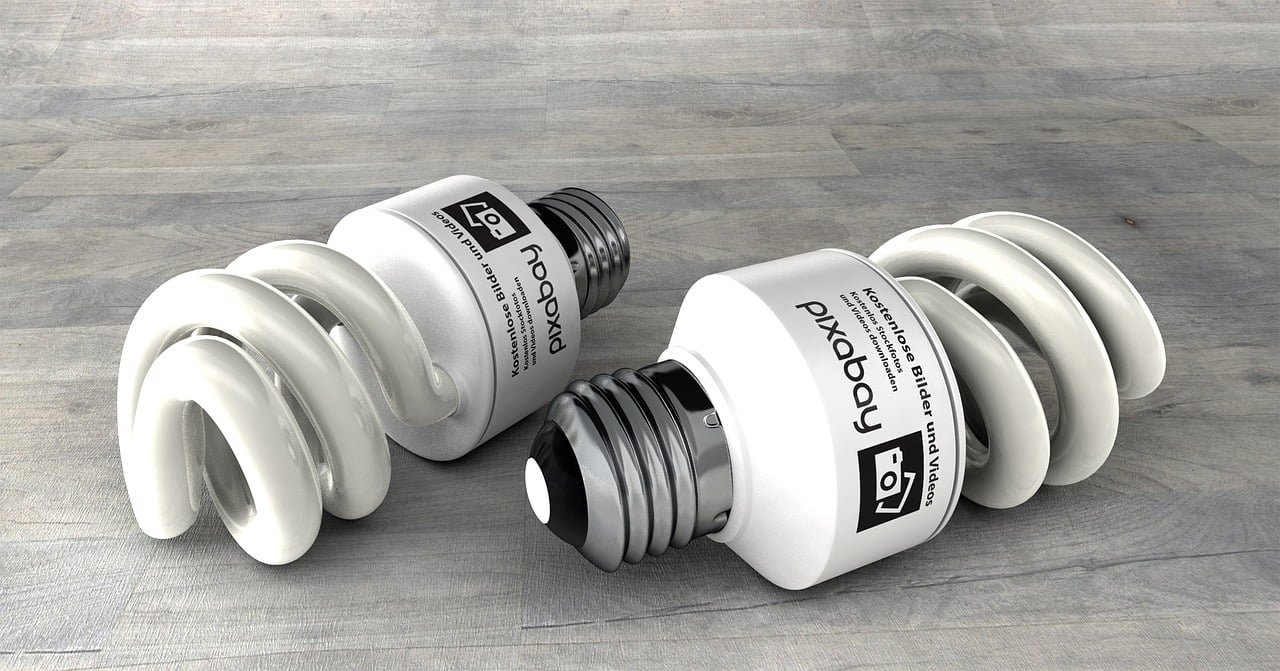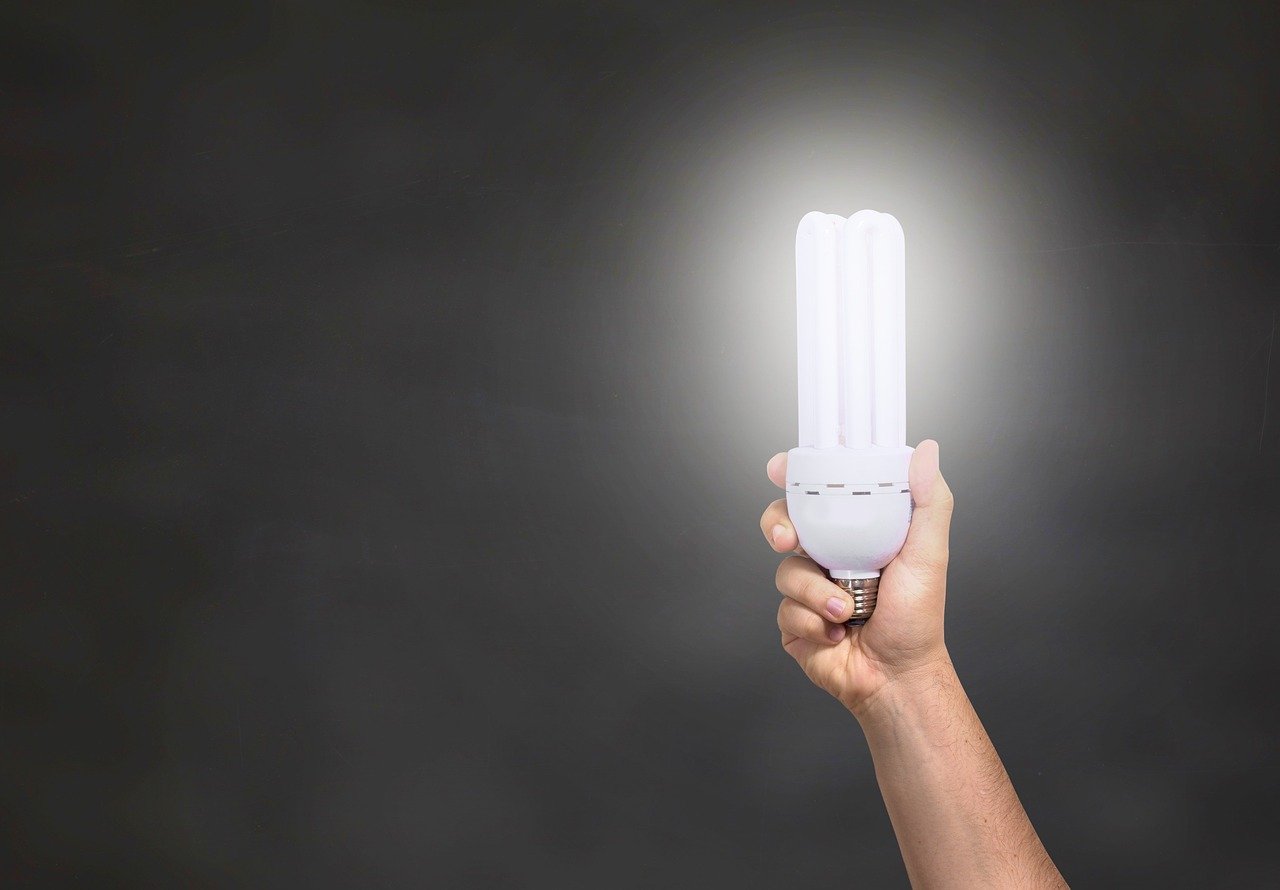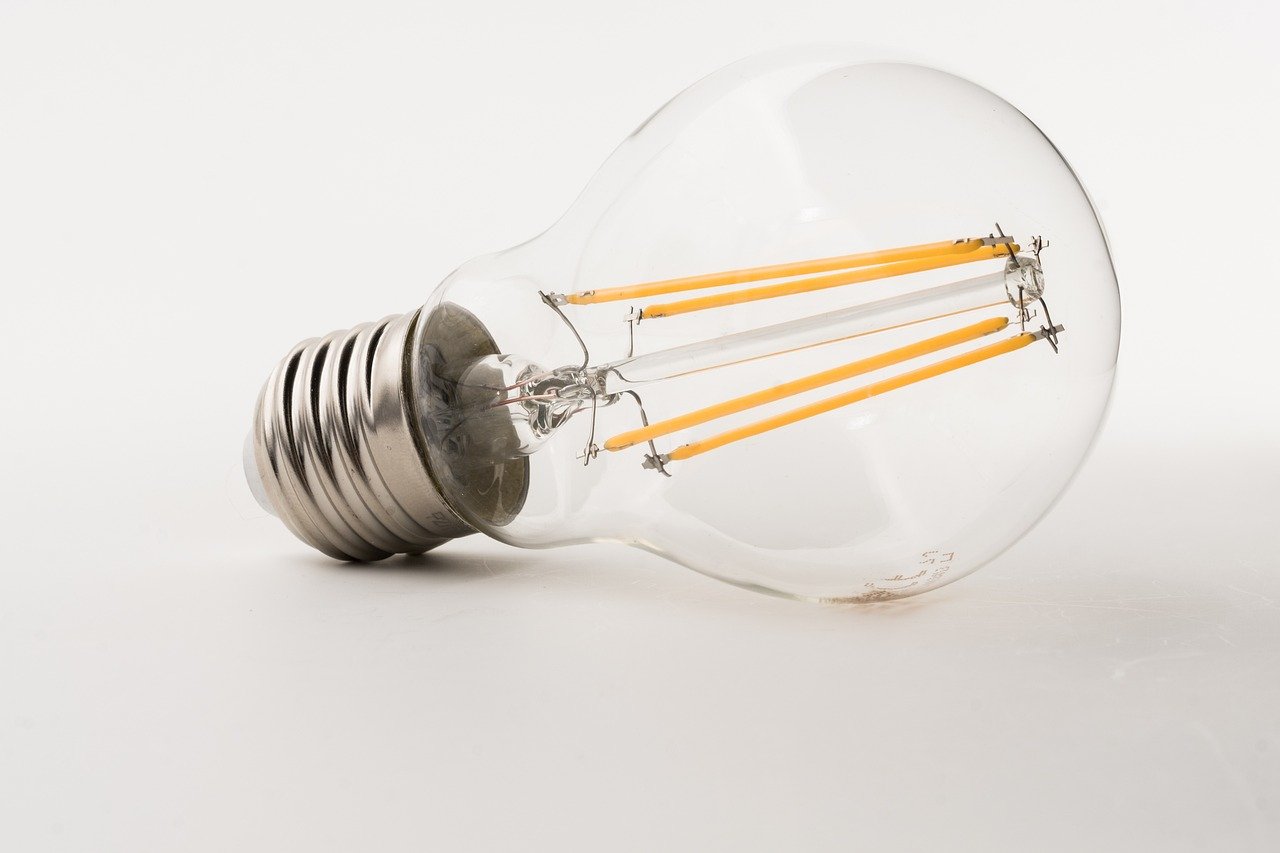Did you know that simply turning off and unplugging your electronics when they’re not in use can save you a significant amount of electricity? It’s true! By implementing this small habit, you can contribute to reducing energy waste and lowering your utility bills. So, why not start today? Make it a point to switch off and unplug your devices when you’re not actively using them, and watch as your electricity consumption decreases while your savings increase. It’s a win-win situation for both your wallet and the environment.
Benefits of Turning off and Unplugging Electronics
Reducing Electricity Usage
One of the key benefits of turning off and unplugging electronics when they are not in use is a significant reduction in electricity usage. Many electronic devices, such as televisions, computers, and game consoles, consume standby power even when they are turned off or in standby mode. By simply turning off these devices and unplugging them from the power source, you can eliminate this unnecessary energy consumption.
Saving on Electricity Bills
Reducing electricity usage directly translates to saving on electricity bills. Standby power can account for a significant portion of your household’s energy consumption. By taking the simple step of turning off and unplugging electronics when they are not in use, you can lower your electricity bills and keep more money in your pocket.
Extending Lifespan of Electronics
Another advantage of turning off and unplugging electronics is the potential to extend the lifespan of your devices. Constantly keeping electronics in standby mode can cause wear and tear on their components, leading to decreased efficiency and eventually, the need for replacement. By minimizing the amount of time your electronics spend in standby mode, you can help prolong their lifespan and reduce the frequency of costly repairs or replacements.
Understanding the Standby Power
What is Standby Power?
Standby power, also known as vampire power or phantom load, refers to the electricity consumed by electronic devices when they are not actively being used but are still connected to a power source. Even when electronics are turned off, they often continue to draw a small amount of power for various functions such as remote control operation, instant-on features, or maintaining internal clocks and settings.
Amount of Electricity Consumed by Standby Power
The amount of electricity consumed by standby power may vary depending on the type and age of the electronic device. However, studies have shown that standby power can account for around 5% to 10% of residential electricity usage. This significant energy consumption contributes to unnecessary greenhouse gas emissions and puts a strain on natural resources.

Common Electronics that Consume Standby Power
Television
Televisions are one of the primary culprits when it comes to standby power consumption. Many modern TVs have instant-on or quick-start features that consume electricity even when the device appears to be turned off. Additionally, connected devices such as streaming boxes or gaming consoles that remain plugged in contribute to standby power usage.
Computer and Laptop
Computers and laptops also consume standby power when they are not in use. They often have sleep or standby modes that allow for quick boot-up times but still draw electricity to maintain background processes and operating system functionalities. Peripheral devices such as printers or external hard drives that are connected to computers can also consume standby power.
Game Consoles
Game consoles, such as PlayStation, Xbox, or Nintendo systems, are notorious for their standby power consumption. These devices often remain in standby mode to enable instant-on capabilities or keep them ready for remote updates or downloads. The amount of standby power consumed by game consoles can vary, but it is generally advisable to turn them off and unplug them when not in use to save on electricity.
The Environmental Impact of Standby Power
Greenhouse Gas Emissions
Standby power consumption contributes to greenhouse gas emissions, particularly carbon dioxide (CO2), which is a significant driver of climate change. The electricity generated to meet the demands of standby power results in increased CO2 emissions from power plants, which rely heavily on fossil fuels. By reducing standby power consumption through turning off and unplugging electronics, we can contribute to mitigating climate change.
Depletion of Natural Resources
The production and generation of electricity not only contribute to greenhouse gas emissions but also put a strain on natural resources. Energy sources such as coal, natural gas, and oil, which are commonly used for electricity generation, are finite resources that have a detrimental impact on the environment during extraction, transportation, and combustion. By minimizing electricity consumption through responsible electronic usage, we can help conserve these valuable resources.

Tips for Turning off and Unplugging Electronics
Create a Routine
Establishing a routine can help make turning off and unplugging electronics a habit. Set specific times, such as before going to bed or leaving the house, to ensure that all electronics are powered off and unplugged. By incorporating this routine into your daily life, you can easily reduce standby power consumption and make a positive impact on your energy usage.
Use Power Strips and Timers
Utilizing power strips with surge protectors and timers can simplify the process of turning off multiple electronics simultaneously and automatically. Plug your devices into a power strip and use the on/off switch or a timer to control their power supply. This way, you can easily cut off standby power without the hassle of individually unplugging each device.
Utilize Energy-Saving Features
Many electronic devices come equipped with energy-saving features that can be utilized to minimize standby power consumption. Explore the settings and options of your devices to enable features like automatic shutdown, sleep mode, or power-saving modes. These features will ensure that your devices consume less electricity when not in use, leading to reduced standby power and energy savings.
Challenges and Obstacles
Convenience
One of the main challenges in turning off and unplugging electronics is the perceived inconvenience it may cause. It can be tempting to leave devices on standby mode for quick access or instant operation. However, overcoming this challenge requires a shift in mindset towards prioritizing energy conservation and understanding the long-term benefits of reducing standby power consumption.
Forgetfulness
Another obstacle is forgetfulness. With busy schedules and multiple devices to manage, it is easy to forget to turn off and unplug electronics. Overcoming forgetfulness requires establishing reminders and incorporating them into your routine. Using alarms, phone reminders, or even sticky notes near switches or power outlets can help prompt you to power off and unplug your electronics.

Overcoming Challenges
Educate and Raise Awareness
One effective way to overcome challenges is to educate yourself and raise awareness about the issues associated with standby power consumption. By learning about the impact of standby power on energy usage, electricity bills, and the environment, you can motivate yourself to take action and make a conscious effort to turn off and unplug electronics.
Establish Reminders
Establishing reminders can greatly help in overcoming the challenge of forgetfulness. Set alarms on your phone or use smart home devices to remind you to power off and unplug electronics at specific times of the day. Consider placing visual cues, such as sticky notes or labels, near switches or power outlets as a constant reminder to conserve energy.
Make it a Family Effort
Involving your family members or roommates in the effort to turn off and unplug electronics can make it a collective and shared responsibility. Communicate the benefits and importance of reducing standby power consumption and encourage everyone to actively participate. By working together, you can overcome challenges and create a more energy-conscious household.
Addressing Safety Concerns
Ensure Proper Wiring
When turning off and unplugging electronics, it is essential to ensure proper wiring to maintain safety. Be cautious when handling electrical cords and always grasp the plug firmly when pulling it out of the outlet. Avoid yanking cords or pulling from a distance, as it may damage the cord or cause electrical accidents. Ensuring proper wiring practices can help prevent potential hazards.
Protect from Power Surges
Additionally, protecting your electronics from power surges is crucial. Use surge protectors or power strips with surge protection capabilities to safeguard your devices against sudden voltage spikes. Surge protectors can help prevent damage to your electronics, ensuring their longevity and protecting them from potential safety risks.
Measuring Energy Consumption
Energy Monitoring Tools
To gain a better understanding of your energy consumption and the impact of turning off and unplugging electronics, consider utilizing energy monitoring tools. These tools can help track the energy usage of individual devices or provide insights into your overall household energy consumption. By monitoring and analyzing your data, you can make informed decisions about reducing standby power and optimizing energy usage.
Tracking Energy Usage
In addition to energy monitoring tools, tracking your energy usage through your utility bills can provide valuable insights. Compare your energy consumption before and after implementing the practice of turning off and unplugging electronics. This way, you can quantify the actual impact on your electricity usage and celebrate the energy savings you have achieved.
Conclusion
Taking responsibility for energy consumption and actively reducing standby power usage by turning off and unplugging electronics is a simple yet effective way to contribute to a sustainable future. By understanding the benefits, environmental impact, and overcoming challenges, we can create a positive change in our daily habits. Remember, every time you turn off and unplug an electronic device, you are not only saving on electricity bills but also conserving resources and reducing greenhouse gas emissions. Embrace the power to make a difference and join the movement towards a more energy-efficient and sustainable world.

